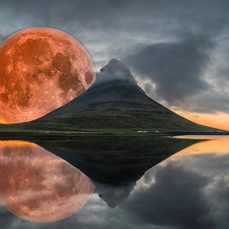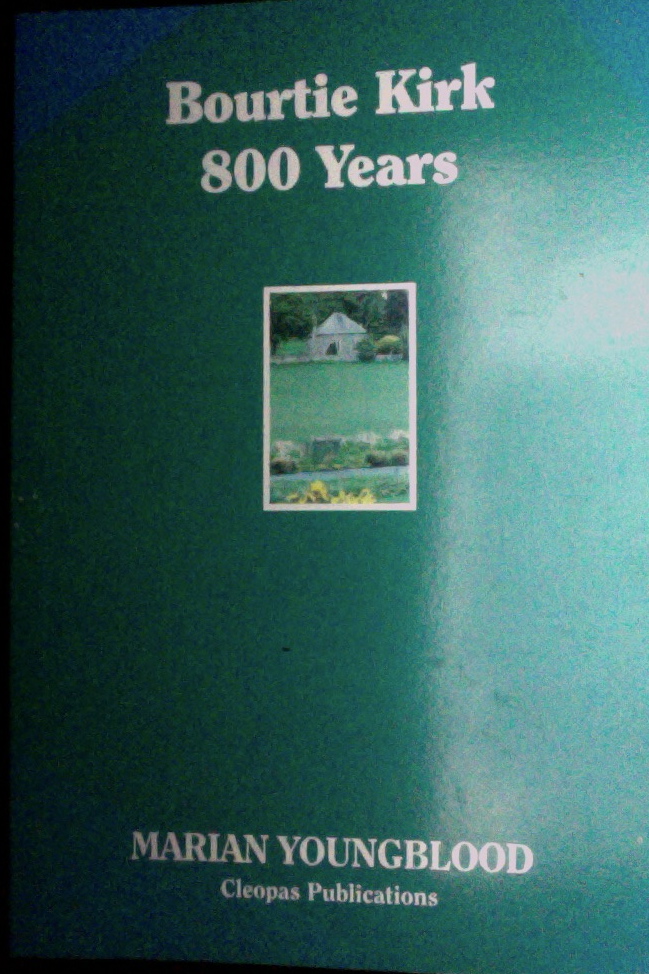The Carnyx, the Games—Aberdeenshire’s Royal Farewell to Summer
THE CARNYX, THE GAMES—ABERDEENSHIRE’S ROYAL FAREWELL TO SUMMER
or The Royals know where to Party for End of Summer Fun
First Wednesday IWSG Party Time for Insecure Writers and other Scribes

March of the Lonach Men recalls the 1745 Rebellion, when wearing of the kilt was outlawed for 100 years
Aberdeenshire’s Other Summereve’s Celebration
Braemar, on the river Dee, follows a rival tradition—over the mountain and through the pass to Donside—where the (178th) Lonach Gathering and Games was held last Saturday, August 24th in Bellabeg, on the banks of the Don.

Beloved of Lonach fans, Robin Williams at the 2001 Gathering at Bellabeg, Strathdon Aberdeenshire
It’s an excuse for the remote glen to entertain as many famous international guests as they can squeeze into the valley for their last summer party—and the noble families of Donside hinterland open their houses in force. Sir James Forbes, Bart, cousin to Lord Forbes, head of clan Forbes, leads his green-kilted warriors to pipe and march from 8a.m. until they reach the field at 11a.m. Other pipers and pike-carrying members of the Wallaces and former rival-clan Gordon—join them, swinging in down the winding track.
No Historial Reenactment—Lonach Men March Three Hours through the Glen

Sir James Forbes of Newe, Bart, Patron of the Lonach Highland & Friendly Society, Bellabeg Strathdon
“Scotland in 1823 was on the cusp of monumental change, finally emerging from the bleak post-Culloden years to resume her rightful place in the World. With so much change in the air our ancestors saw the need to preserve their heritage, whilst still embracing the new.
“This is no historical re-enactment. The Lonach March represents an unbroken link from our forefathers to the 21st Century. Encountering the Lonach Highlanders for the first time takes you back to pre-1745 Scotland.”
Sir James Forbes of Newe and Edinglassie, Bart.
The Forbeses were once premier barons of Donside and Mar. Today, despite dwindling fortunes and a rich, punishing history—but unlike rival Gordons—a Forbes remains in possession of the clan’s oldest stronghold, Druminnor—the original 1429 Castle Forbes, seat of Chiefs of Forbes for 500 years. The Gordons rose to become Marquesses and Dukes, lording it over Strathbogie and the North, but Huntly Castle is a ruin and the feud has gone into the history books. Nowadays Lonach Men march together as one.
Flying threadbare standards gifted by Queen Victoria (tattered replaced by new, 2011), the Lonach Men stop at several remote dwellings on their way through the pass, each marcher toasted in whisky, given a dram and ‘haste ye back’, before the next halt. By the time they reach the playing field three hours later, they are in fine fettle.
Drunk or sober, it is the pipers’ duty to play after the day is done, too. They beat the retreat at 5:30p.m. when everybody—upwards of 8,000 souls—starts packing up champagne bucket, shooting stick and cucumber sandwich leftovers, to drive home. There have been years when it took four hours to reach Aberdeen and the coast—42miles away—in single-track traffic from Newe. [For perfectionists, it’s pronounced N-y-ow, like Meow with an N].
Rallying Call to Battle Gathering—Pipes or Carnyx

Celtic continental influence in Roman Scotland, Deskford’s Carnyx battle horn rallied Caledonian troops to march—as haunting a sound as Lonach bagpipes
A recent collaboration by Aberdeen and Euro continental archaeologists, comparing the few examples of bronze-cast sacred battle horns—Roman carnyx—allowed a replica to be made which sounds authentic—John Kenny plays, photo left.
Its weird high-pitched call (to battle) is hauntingly similar to the sound of the pibroch from a single piper’s drone on a high mountain pass. The Deskford carnyx , found in 1816 Banffshire (now Aberdeenshire) was ritually buried (on a battlefield?) with gold, silver, bronze bell, the battle horn itself a stylized boar’s head with upturned snout, signifying bravery of an indomitable superior race.

Sacred to the Picts, carved Boar stone from Donside, Aberdeenshire approx. A.D.420-700—earliest clan animal of Forbes and Gordon, courtesy National Museums of Scotland
Roman legions called them the painted people. In A.D.4thC Ammianus Marcellinus’s historical accounts Dicalydones were northern tribes: one of two branches of Picti, Picts, Roman chronicler Tacitus’s Caledonians who inhabited modern-day Moray, Banff and Buchan. The second group were the Verturiones who occupied southern territories of modern Fife, Perthshire, Forfar (Fortriu) and Lothian. Carnyces have turned up in sacred settings along Roman routes through France to northern Baltic. There is a famous carnyx series embossed on the silver Gundestrup cauldron found in 1891 in a Baltic peat bog in Jutland, dating to around 2nd Century B.C. Its boar-headed shape has the same curvature, and was the work of Iron Age Celtic Franco-Germanic artists.
My fellow IWSG-ers and our Cap’n at the Helm, Alex will agree that we writers who have the advantage of Space-Time awareness, courtesy of our ancestral lineage, know how the power of sound/music—certain plaintive notes—can trigger a rush of joy, inspiration, fresh creativity.

Danzig Willie’s Craigievar William Forbes, creator of Craigievar Castle in Upper Donside brought the style of France to the Aberdeenshire hinterland, 1686
Is my historical desire to link the fantastic Pictish family of animal symbols with the conquering (Scots) lineage A.D.845 so farfetched?
Forbes tradition has it that their ancestor, Pictish chief Ochonochar, trapped a boar which was terrorizing the neighborhood. Their emblem shows stylized muzzled boar. The House of Gordon has a similar legend for their boar crest worn by the Cock o’ the North. Pictish Class I Boar stone, as late as A.D.700, above, was a Donside symbol—just as the Pictish Bull is mainly associated with Burghead and Moray.
IWSGers with Scots-Irish ancestry, even when writing deadlines hover—today is Anthology Contest—know we all enjoy a dip in the gene pool.
Have fun. Take a last wild plunge before summer ends. Let me know how it feels.
Thanks for listening.
©2019 Marian Youngblood











